29 March 2025
In today’s fast-paced world, creativity and artistic expression are becoming more important than ever. Traditional classrooms, with their rigid structures and predefined learning paths, often fail to nurture the artistic side of students. But here’s the good news: you, as an educator, can create an environment that not only encourages but also inspires artistic expression in your classroom.
Whether you're teaching art, music, drama, or even traditional subjects like math and history, fostering creativity can boost student engagement, critical thinking, and emotional development. It's not about turning every child into a Picasso or Shakespeare but about giving them the tools and confidence to express themselves freely.
In this article, we’ll dive deep into how to build a classroom environment that inspires artistic expression. Ready to spark some creativity? Let’s get started!
Why Is Artistic Expression Important in Education?
Before we jump into the 'how,' let’s understand the 'why.' Why is it so essential to promote artistic expression in the classroom?Artistic expression isn’t just about producing beautiful works of art. It’s about communication, problem-solving, and self-discovery. When students engage in creative activities, they learn to express their thoughts, feelings, and ideas in ways that words alone may not suffice.
For example, a student struggling with anxiety might find an emotional outlet through painting, while another might use storytelling to explore complex social issues. Artistic expression also helps students develop essential skills like empathy, collaboration, and innovation.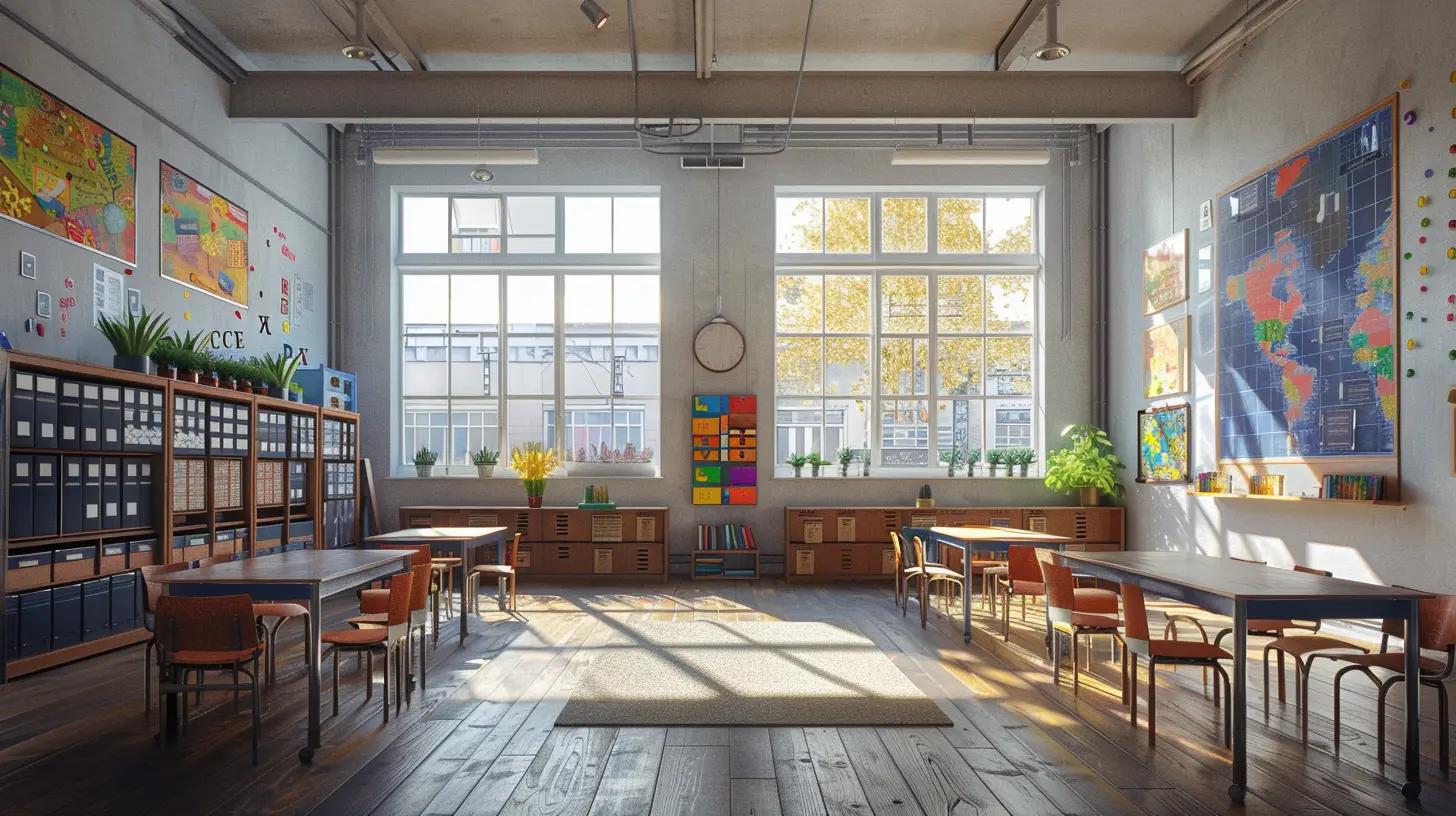
Key Elements of a Classroom That Inspires Artistic Expression
Now that we’ve established why artistic expression matters, let's explore the key elements that can foster creativity in your classroom.1. Create a Safe and Supportive Environment
First things first: Students need to feel safe. Creativity can’t flourish when students are afraid of being judged or criticized. A supportive environment encourages students to take risks, experiment, and push the boundaries of their imagination.How to Create a Safe Environment:
- Encourage Open Dialogue: Let students know that their ideas and perspectives are valued, no matter how unconventional.- Set Clear Expectations: Make it clear that the classroom is a judgment-free zone. Mistakes are part of the process, and there’s no such thing as a "wrong" idea when it comes to creativity.
- Lead by Example: Show vulnerability by sharing your own creative experiences, including your failures.
2. Embrace Flexibility in Learning
Rigid lesson plans can stifle creative thinking. Instead, embrace flexibility. Provide students with opportunities to explore different mediums, techniques, and ideas.Ways to Incorporate Flexibility:
- Choice-Based Projects: Let students choose how they want to express their understanding of a topic. For example, instead of a traditional essay, allow them to create a painting, a digital story, or even a performance.- Interdisciplinary Learning: Combine subjects like history and visual art, or math and music. This approach encourages students to think outside the box and make connections between seemingly unrelated concepts.
3. Provide a Variety of Creative Tools and Resources
A carpenter is only as good as his tools, and the same goes for your students. The more resources you provide, the more opportunities they’ll have to explore their creativity.Must-Have Creative Tools for the Classroom:
- Art Supplies: Stock your classroom with a range of materials like paints, markers, clay, and paper.- Digital Tools: In today’s digital age, creativity can also be expressed through animation, graphic design, and video production. If possible, provide access to software like Adobe Creative Cloud or other free alternatives like Canva.
- Musical Instruments: Even something as simple as a drum or a keyboard can inspire creative expression in students who are musically inclined.
4. Design the Physical Space for Creativity
The layout and decor of your classroom can significantly impact students' moods and creativity. If your space feels cold, cramped, or uninspiring, it’ll be tough for students to get their creative juices flowing.Tips for Designing a Creative Classroom Space:
- Flexible Seating: Allow students to move around and choose where they feel most comfortable creating. Use bean bags, standing desks, or even outdoor spaces when possible.- Inspiring Decor: Fill your classroom with artwork, posters, or quotes from famous creatives. Don’t just stick to the classics—incorporate modern art, street art, or even student work to make the space feel alive.
- Art Corners: Dedicate a space in the classroom specifically for creativity. This could be an "art station" filled with supplies or a "writing nook" where students can quietly brainstorm and write.
5. Encourage Collaboration and Peer Feedback
Artistic expression doesn’t have to be a solo activity. In fact, some of the best creative work comes from collaboration. Encourage students to share their work, give and receive feedback, and build on each other’s ideas.How to Foster Collaboration:
- Group Projects: Pair students together for creative tasks like writing a short play, creating a mural, or composing a song.- Peer Critique Sessions: Set aside time for students to share their work and offer constructive feedback. Teach them how to give positive, helpful critiques rather than tearing each other down.
- Co-Creation: Encourage projects where students work together to create something larger than they could achieve on their own, like a classroom-wide art installation or a student-written anthology.
6. Incorporate Play and Experimentation
Play is the heart of creativity. It allows students to explore new ideas without the fear of failure. When students play and experiment, they discover new techniques, styles, and approaches to art that they might not have considered in a more structured environment.Ideas for Playful Learning:
- Improv Games: For drama or storytelling, use improvisational games to get students thinking on their feet and expressing themselves spontaneously.- Art Challenges: Give students a time limit and a few random materials, then challenge them to create something unique.
- Student-Led Workshops: Let students teach each other something they’re passionate about. This could be a new drawing technique, a dance move, or even a coding trick for digital art.
7. Celebrate the Process, Not Just the Product
Too often, we focus on the final product rather than the process that led to it. In a creative classroom, the journey is just as important as the destination. Celebrate the effort, experimentation, and growth that students experience along the way.How to Emphasize the Process:
- Reflection Journals: Encourage students to keep a journal of their creative process. This allows them to track their growth and reflect on what worked or didn’t.- Classroom Exhibitions: Hold regular exhibitions where students can showcase their work in progress, not just the final versions.
- Celebrate Mistakes: Rather than focusing on perfection, celebrate the "happy accidents" that often lead to new discoveries.
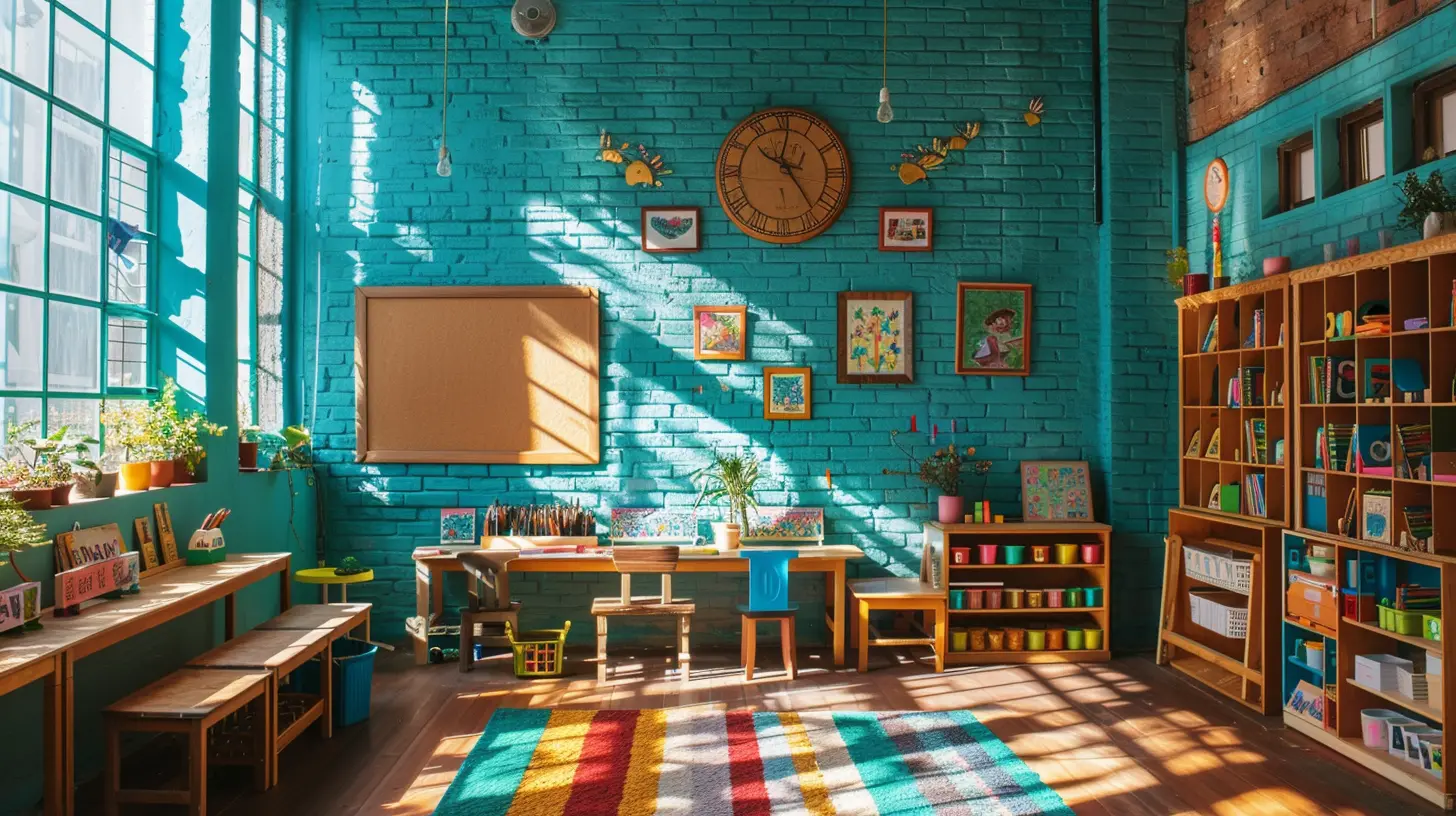
Overcoming Challenges to Artistic Expression in the Classroom
Of course, building a classroom that fosters artistic expression isn’t without its challenges. Here are a few common hurdles and how to overcome them.1. Limited Resources
Not every school has a budget for fancy art supplies or the latest technology. But don’t let that stop you! Creativity thrives within constraints.Solutions:
- Repurpose Materials: Use recycled materials like cardboard, bottle caps, or newspapers for art projects.- Free Digital Tools: Use free apps like Tinkercad for 3D modeling, or Audacity for audio editing.
- Community Donations: Reach out to local businesses or parents for donations of art supplies or old instruments.
2. Time Constraints
With tight schedules and standardized testing pressures, it can be hard to find time for creative activities.Solutions:
- Integrate Creativity into Core Subjects: You don’t need a separate art class to encourage creativity. Incorporate it into your math, science, or history lessons.- Micro-Creativity: Even 10-15 minute creative exercises can make a big difference. Use quick prompts or creative warm-ups at the start of class.
3. Fear of Failure
Many students are afraid of being judged or making mistakes, which can stifle their creativity.Solutions:
- Model Vulnerability: Share your own fears and failures with students. Show them that creativity is about taking risks.- Grading for Effort: Emphasize effort and growth in your grading, rather than focusing solely on the final product.

Conclusion: Unlocking Creativity in Every Student
Creating a classroom environment that inspires artistic expression isn’t just about putting up a few paintings or handing out some crayons. It’s about cultivating a space where students feel confident to explore, experiment, and express themselves freely. By providing a safe, flexible, and resource-rich environment, you’ll help unlock the creativity within every student.Remember, it’s not about molding the next great artist—it’s about giving students the tools to communicate their unique perspectives and ideas. And who knows? You might just inspire the next Picasso or Shakespeare without even realizing it.

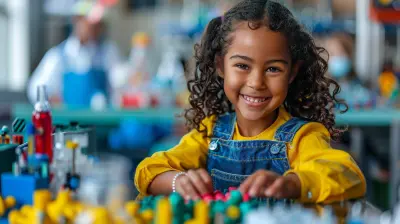
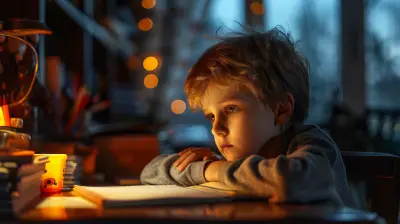
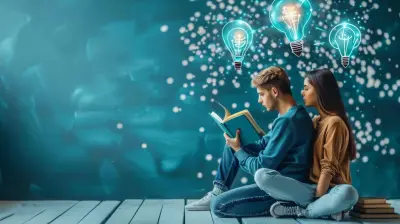

Honor McWilliams
Absolutely loved this article! 🖌️ Creating a vibrant classroom for artistic expression is like giving students a playground for their imagination! Let’s paint the walls with creativity, hang masterpieces, and let those brushes fly! Who’s ready to turn our classrooms into art studios? 🎨✨
April 2, 2025 at 3:46 AM